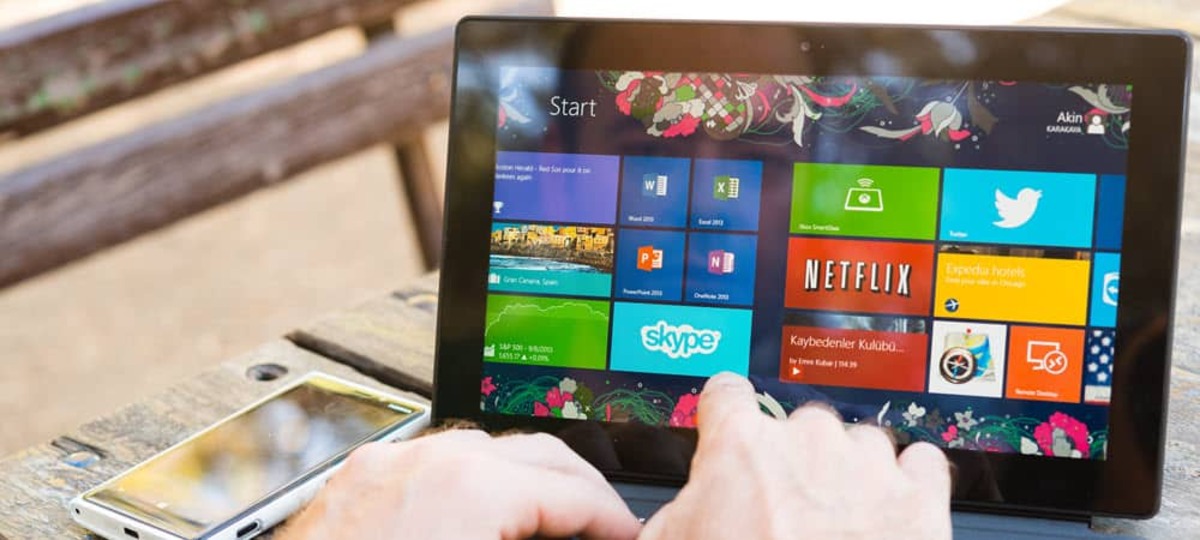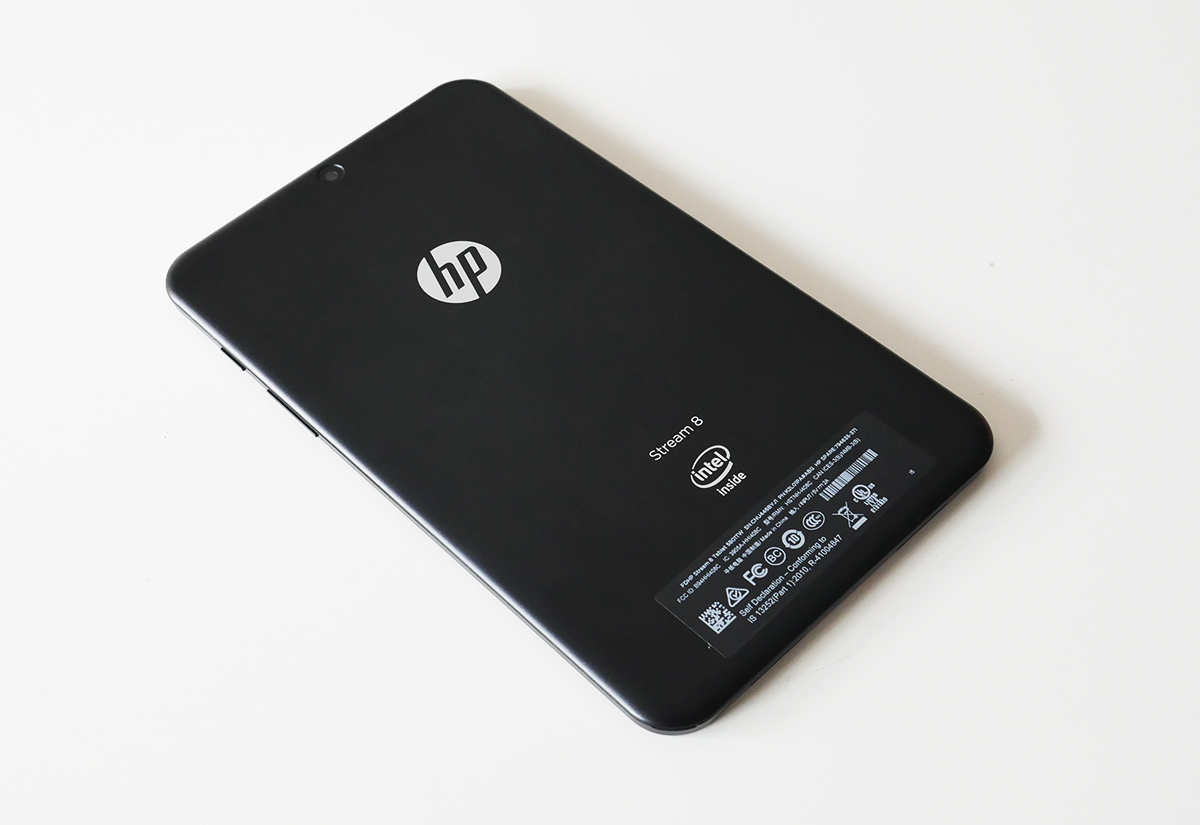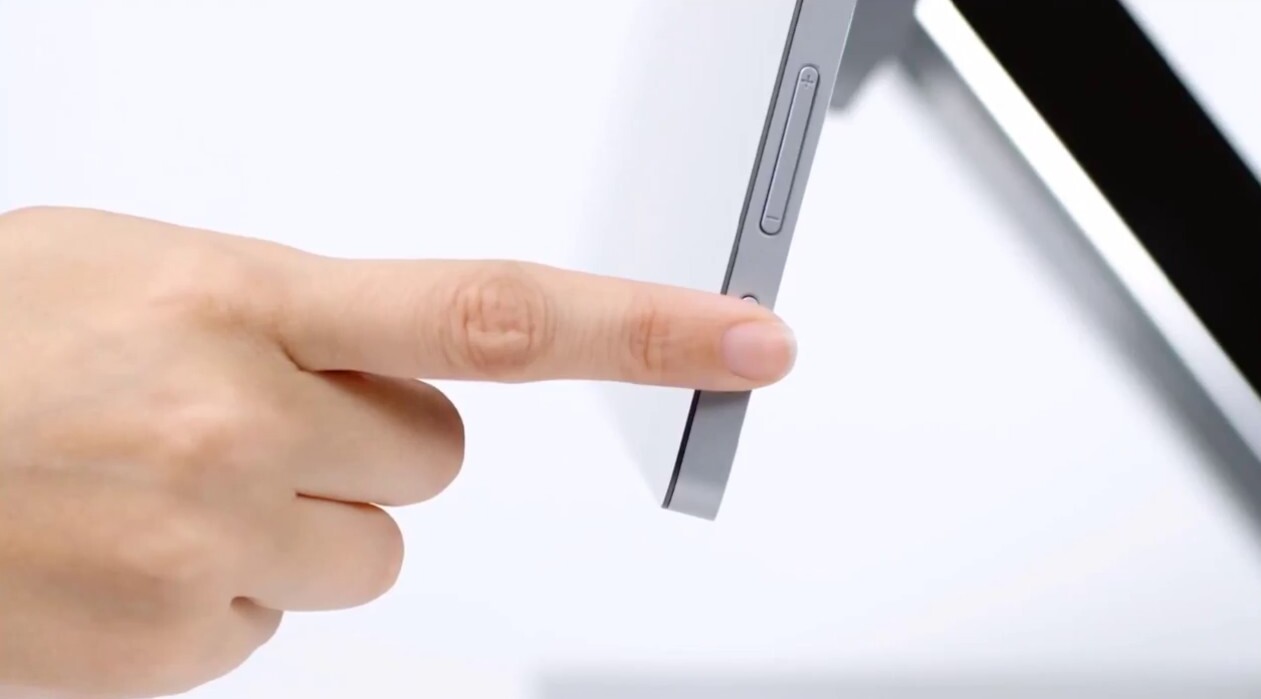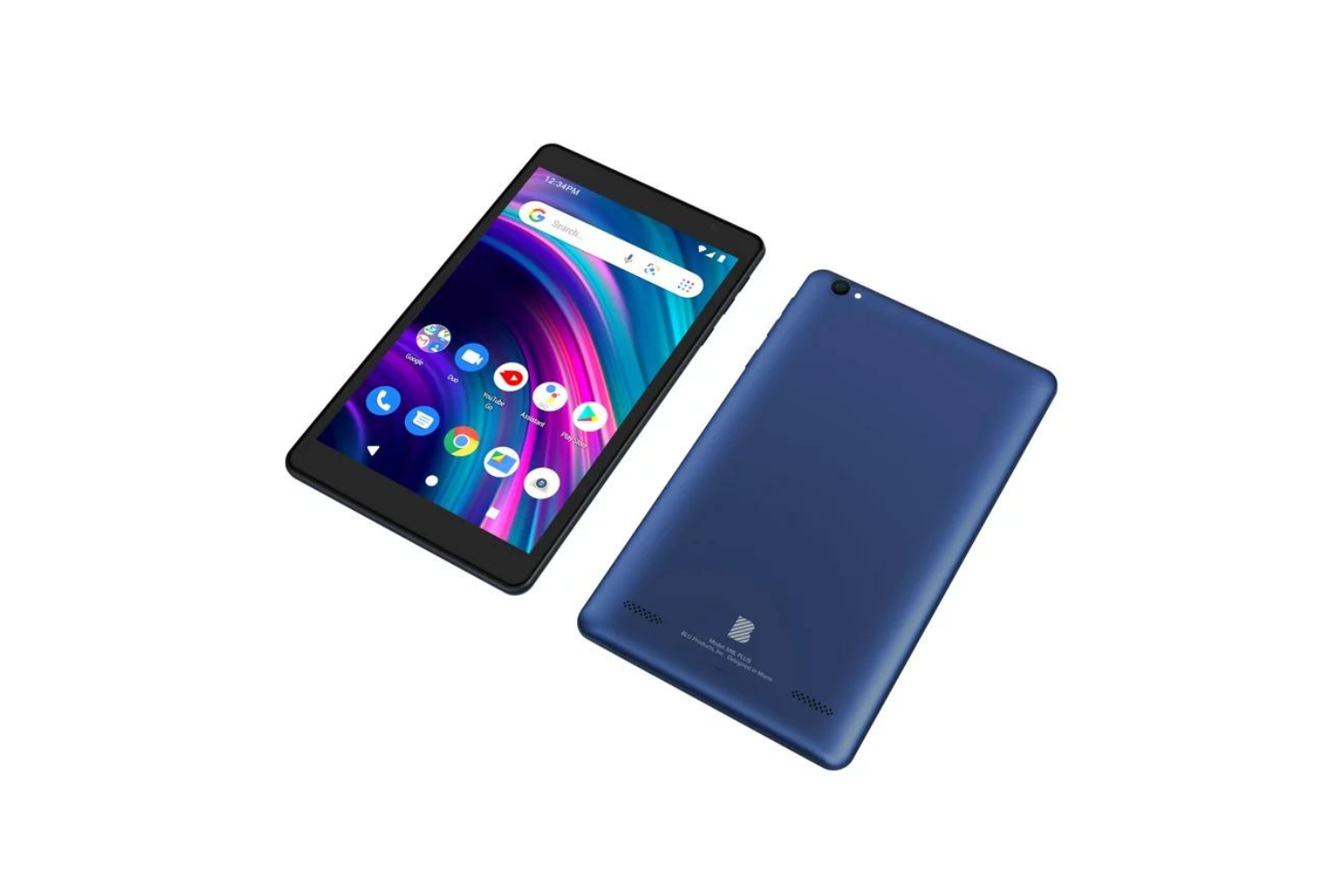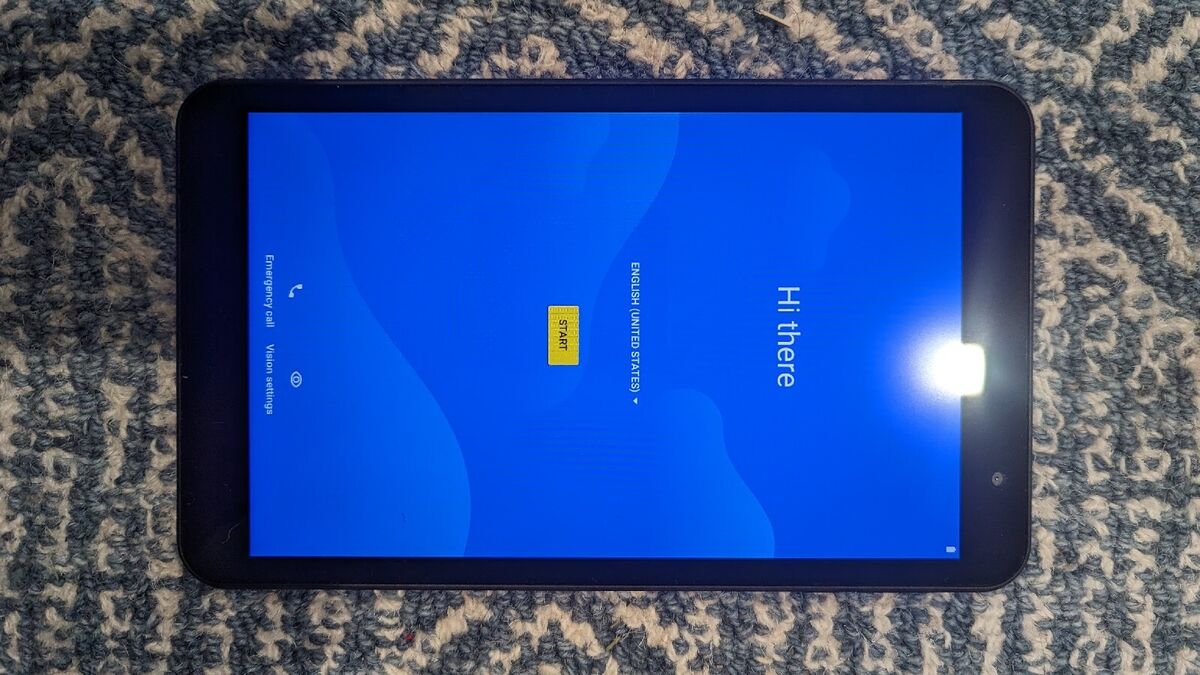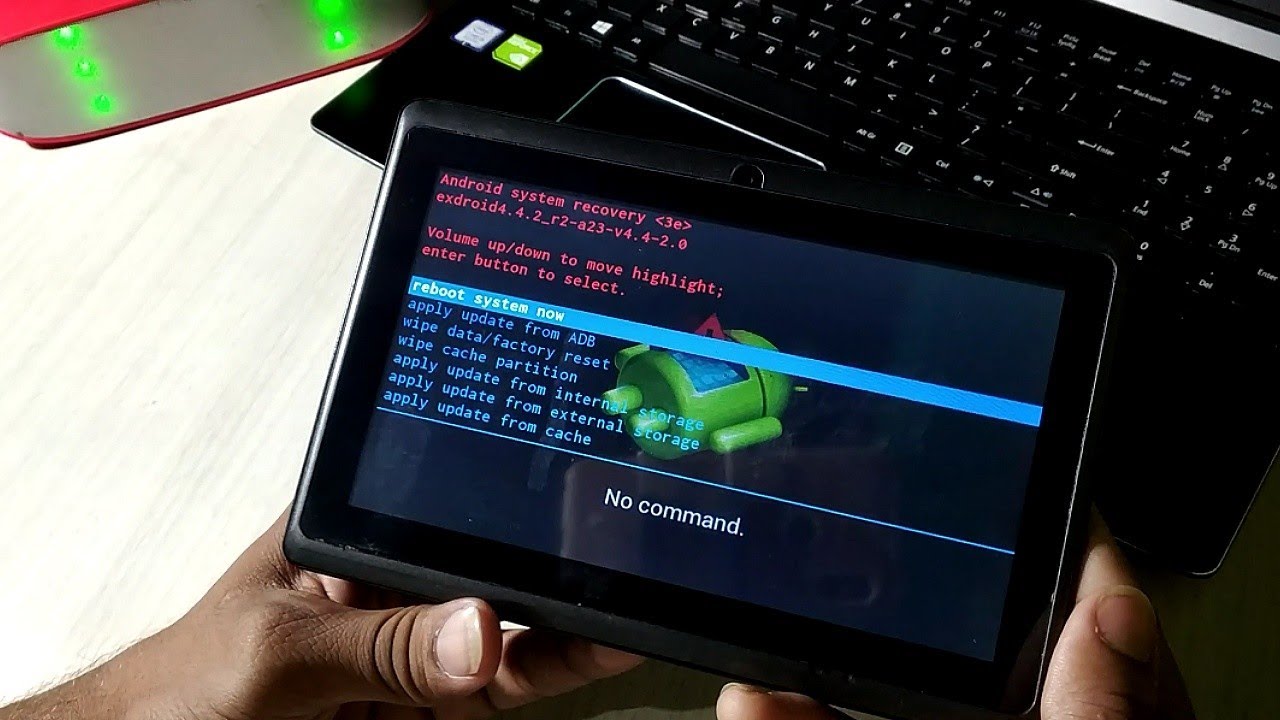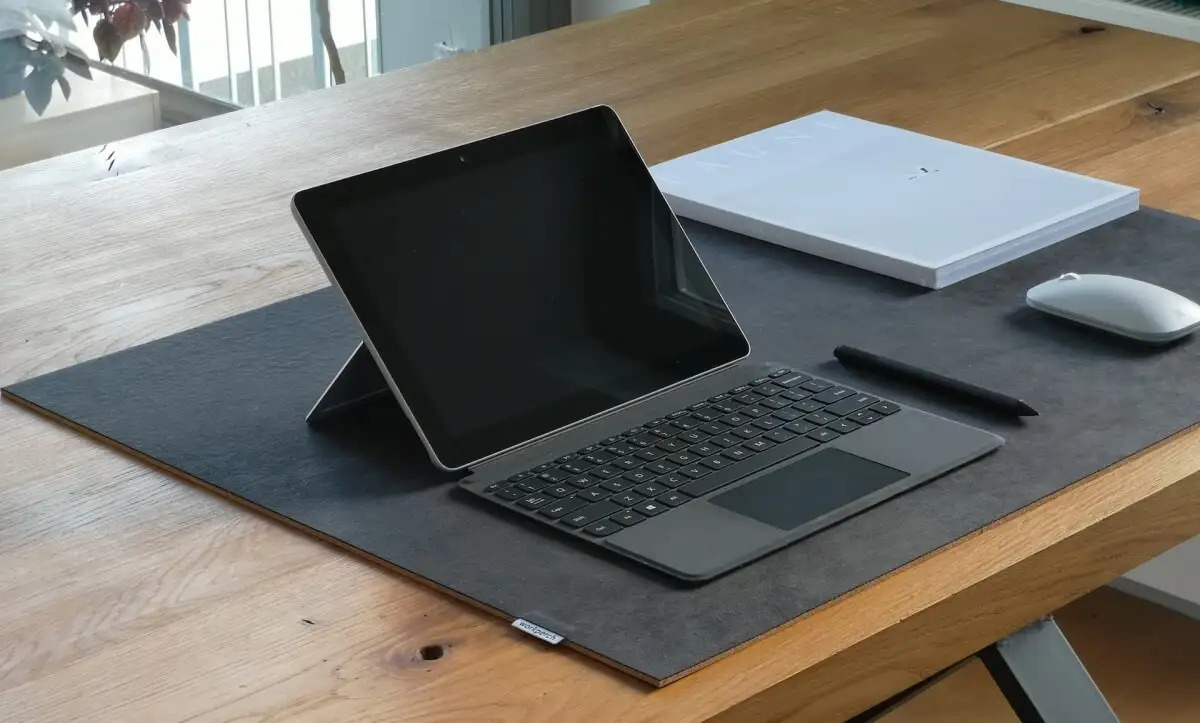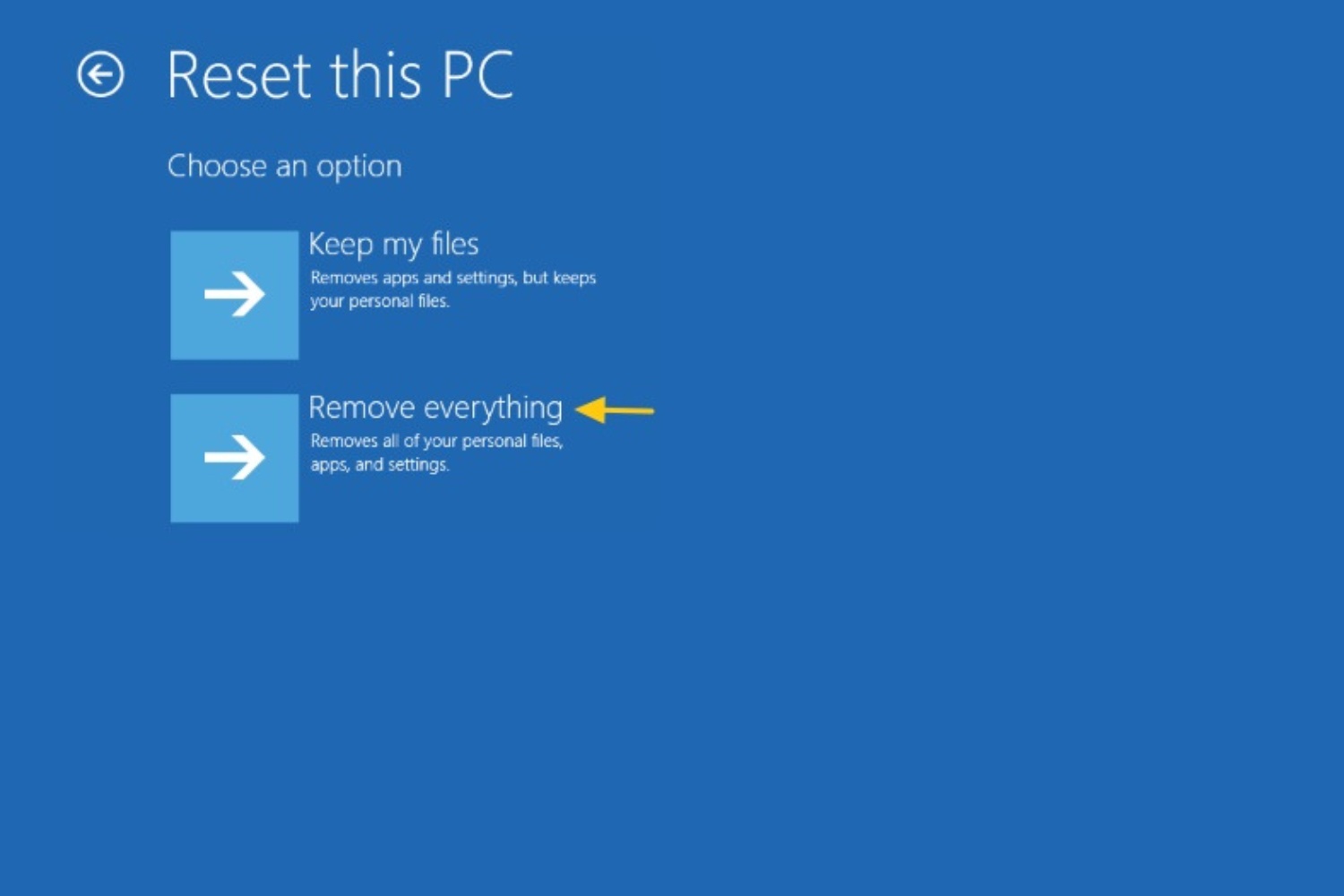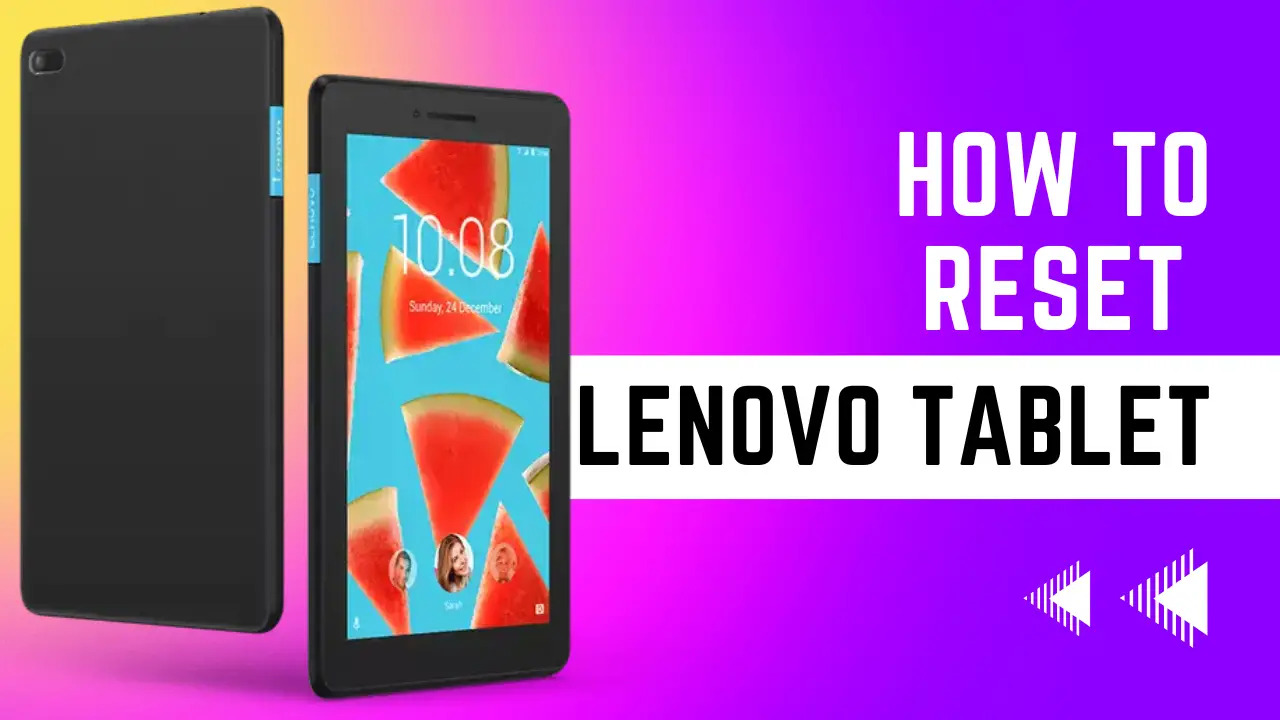Introduction
Welcome to the world of Windows 8 tablets! If you’re reading this, chances are you’re looking for a way to reset your Windows 8 tablet. Whether you’re experiencing performance issues, encountering software glitches, or simply want to start fresh, resetting your tablet can often solve these problems.
Resetting a Windows 8 tablet can help you restore it to its original factory settings, erasing any personal files, apps, and settings that you may have added or modified. It’s like giving your tablet a clean slate to work with.
In this guide, we’ll walk you through various methods to reset your Windows 8 tablet. We’ll explore both software-based options, such as resetting from the settings menu, as well as hardware-based options, like resetting from the startup screen. Additionally, we’ll discuss how to create a system image that you can use to refresh your tablet without losing your personal files and settings.
Before we dive into the different reset methods, it’s important to note that performing a reset will permanently delete all data on your tablet. Therefore, it’s crucial to back up any important files, documents, photos, or videos before proceeding. This way, you can easily restore your data once the reset is complete.
Now that you’re aware of the importance of backing up your data, let’s explore the various methods to reset your Windows 8 tablet. Whether you prefer a software-based approach or a hardware-based solution, we have you covered. So, let’s get started!
Backup Your Data
Before embarking on the process of resetting your Windows 8 tablet, it’s crucial to back up your data. Resetting your tablet will erase all the files, apps, and settings, so it’s essential to have a copy of your important data to restore later.
To begin with, identify the files and documents that you want to back up. This may include work-related documents, personal photos, videos, music, or any other files you don’t want to lose. You can either manually copy these files to an external storage device like a USB drive or use cloud storage services like OneDrive, Google Drive, or Dropbox to store your data securely online.
If you prefer manual backup, follow these simple steps:
- Connect an external storage device, such as a USB drive, to your tablet.
- Navigate to the file explorer or file manager app on your tablet.
- Select the files and folders you want to back up.
- Right-click on the selected items and choose the option to “Copy” or “Cut.”
- Go to the connected USB drive and paste the copied files there.
For cloud storage backup, you can use any of the mentioned services and follow these general steps:
- Create an account or sign in to your existing account on the preferred cloud storage service.
- Install the cloud storage app on your tablet or access it through a web browser.
- Create a new folder or select an existing folder to store your files.
- Upload the files and folders you want to back up by selecting the “Upload” or “Add files” button.
Make sure the backup process is complete and that all your files are safely stored. This step provides peace of mind as you proceed with resetting your tablet, knowing that your important files are secure and ready to be restored.
Option 1: Reset from Settings
If you want a quick and convenient way to reset your Windows 8 tablet, you can utilize the built-in reset option within the Settings menu. Here’s how:
- Swipe in from the right edge of the screen to open the Charms menu and select “Settings.”
- In the Settings menu, choose “Change PC settings” located at the bottom of the list.
- Under the PC settings menu, select the “Update & Security” option.
- In the left sidebar, click on the “Recovery” tab.
- Under the “Reset this PC” section, click on the “Get Started” button.
- You will be presented with two reset options: “Keep my files” and “Remove everything.” Choose the option that aligns with your preferences.
- Follow the on-screen instructions to confirm the reset process.
During the reset process, your tablet will restart, and the Windows 8 operating system will be reinstalled. The duration of the reset may vary depending on your tablet’s specifications and the amount of data being erased.
It’s important to note that if you choose the “Remove everything” option, all your personal files, apps, and settings will be deleted. Therefore, make sure you have backed up your data as mentioned in the earlier section.
Once the reset is complete, your tablet will be restored to its original factory settings, just like it was when you first purchased it. You can then begin the process of setting up your tablet again, including reinstalling apps, adjusting settings, and restoring your important files from the backup you created.
Using the reset option within the Settings menu offers a hassle-free way to reset your Windows 8 tablet, ensuring a clean start and potentially resolving any software-related issues you may have encountered.
Option 2: Reset using Recovery Media
If you’re unable to access the Windows 8 settings menu or prefer a more thorough reset, you can use recovery media to reset your Windows 8 tablet. Recovery media refers to external devices like USB drives or DVDs that contain the necessary files to reinstall the operating system.
To perform a reset using recovery media, follow these steps:
- Insert the recovery media, such as a USB drive or DVD, into your tablet.
- Restart your tablet and access the boot menu. The method to access the boot menu may vary depending on your tablet’s manufacturer, but it’s usually done by pressing a specific key during startup (e.g., F12 or Esc).
- Select the boot device that corresponds to your recovery media from the list of options.
- The tablet will boot from the recovery media, and you will see the Windows 8 setup screen.
- Follow the on-screen instructions to navigate through the setup process.
- Choose the “Troubleshoot” option and select “Reset your PC.”
- Select either the “Keep my files” or “Remove everything” option, based on your preference.
- Confirm the reset process and wait for it to complete.
During the reset process, your tablet will reinstall the Windows 8 operating system using the files from the recovery media. This method provides a more comprehensive reset, as it completely erases your personal files, apps, and settings, returning your tablet to its factory state.
Remember to back up your important data before proceeding with this method, as all your files will be permanently deleted.
Once the reset is finished, you can begin the setup process, including reinstalling apps and configuring settings. If you have backed up your data, you can restore your files once the tablet is ready.
Resetting your Windows 8 tablet using recovery media allows for a complete restoration of the operating system, making it an ideal choice if you’re encountering persistent issues or want a fresh start.
Option 3: Reset from Startup
If you’re unable to access the Windows 8 settings menu and don’t have recovery media, you can still reset your Windows 8 tablet by utilizing the startup screen. This option is especially helpful when your tablet is experiencing severe issues or won’t boot properly.
Follow these steps to perform a reset from the startup screen:
- Turn off your tablet completely.
- Press the power button to turn on your tablet.
- While your tablet is starting up, press and hold the “Shift” key.
- Continue holding the “Shift” key until you see the recovery screen.
- On the recovery screen, select “Troubleshoot.”
- Choose the “Reset your PC” option.
- Decide whether to keep your files or remove everything based on your preference.
- Confirm the reset process and wait for it to complete.
During the reset process, your tablet will reinstall the Windows 8 operating system while either preserving your personal files or deleting everything, depending on the option you selected.
Keep in mind that performing a reset from the startup screen will erase all your data, so make sure to back up any important files before proceeding.
Once the reset is done, your tablet will be restored to its original factory settings. You can start the setup process, reinstalling apps, adjusting settings, and restoring your backed-up files.
The reset from the startup screen provides a viable option when you can’t access the Windows 8 settings menu or don’t have recovery media. It allows you to initiate a reset even when your tablet is experiencing severe issues, helping to resolve software-related problems and restore your tablet’s functionality.
Option 4: Reset with a Refresh Image
If you’re looking for a reset method that allows you to preserve your personal files and settings while still starting fresh, using a refresh image is the way to go. A refresh image is a snapshot of your Windows 8 system that can be used to reinstall the operating system without deleting your data.
Follow these steps to reset your Windows 8 tablet using a refresh image:
- Ensure that you have a refresh image available. This image is typically created using the “Create a system image” feature in the Control Panel or by using third-party software.
- If you have the refresh image on an external storage device, such as a USB drive, insert it into your tablet.
- Restart your tablet and access the boot menu. The specific key to press during startup (e.g., F12 or Esc) may vary depending on your tablet’s manufacturer.
- Select the option to boot from the refresh image or external storage device.
- Follow the on-screen instructions to navigate through the setup process.
- Choose the “Troubleshoot” option and select “Refresh your PC.”
- Wait for the process to complete.
During the refresh process, your tablet will reinstall the Windows 8 operating system using the refresh image while preserving your personal files, apps, and settings. This method is particularly useful if you want to start fresh without losing your important data.
It’s important to note that while your personal files are preserved, any installed apps or custom settings will need to be reinstalled or reconfigured. Therefore, make sure to keep track of the apps you need to reinstall and any settings you want to restore.
Using a refresh image provides a balanced approach to resetting your Windows 8 tablet, allowing you to retain your personal files while still giving your tablet a fresh start with a reinstalled operating system. It’s a convenient option if you want to resolve issues without completely wiping your data.
Conclusion
Resetting your Windows 8 tablet can be a solution to various issues, whether you’re experiencing performance problems, software glitches, or simply want to start fresh. In this guide, we explored four different methods to reset your tablet: resetting from the Settings menu, using recovery media, resetting from the startup screen, and utilizing a refresh image.
When resetting your tablet, it’s essential to back up your data beforehand to ensure you don’t lose any important files. Whether you manually copy your files to an external storage device or utilize cloud storage services, taking this precautionary step will give you peace of mind during the reset process.
Option 1, resetting from the Settings menu, offers a quick and convenient way to reset your tablet while preserving your personal files. This method is suitable for resolving software-related issues and starting fresh without a complete overhaul.
Option 2, resetting using recovery media, provides a more comprehensive reset by reinstalling the Windows 8 operating system and erasing all personal files. This method is useful when facing persistent issues or when you don’t have access to the Settings menu.
Option 3, resetting from the startup screen, is helpful when your tablet is experiencing severe issues or won’t boot properly. It allows you to initiate a reset even without accessing the Windows 8 settings menu, restoring functionality to your tablet.
Lastly, Option 4, resetting with a refresh image, allows you to reinstall the operating system while preserving your personal files, providing a balance between starting fresh and retaining your data. This method is convenient if you want to refresh your tablet without losing important files.
Remember, regardless of the method you choose, resetting your tablet will permanently delete all data, so it’s crucial to back up your files. Also, bear in mind that the specific steps and options may vary depending on your tablet’s manufacturer and model.
By following the steps outlined in this guide, you can confidently reset your Windows 8 tablet and resolve any issues you may be facing. Whether you prefer a software-based approach or a hardware-based solution, you now have the knowledge to effectively reset your tablet and start fresh.







